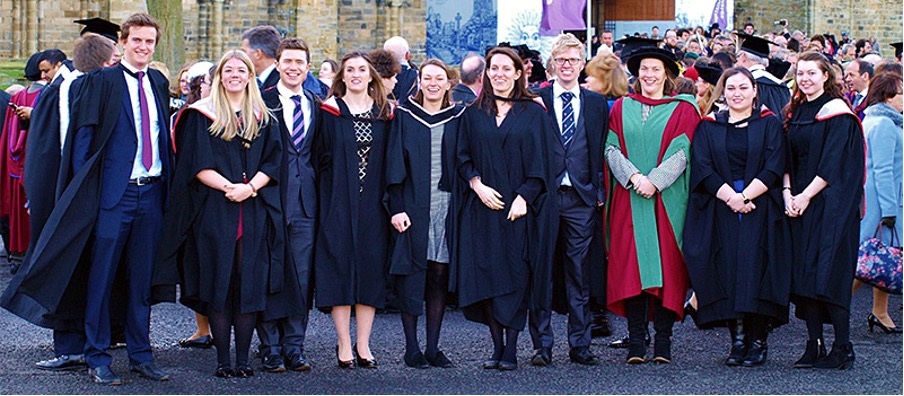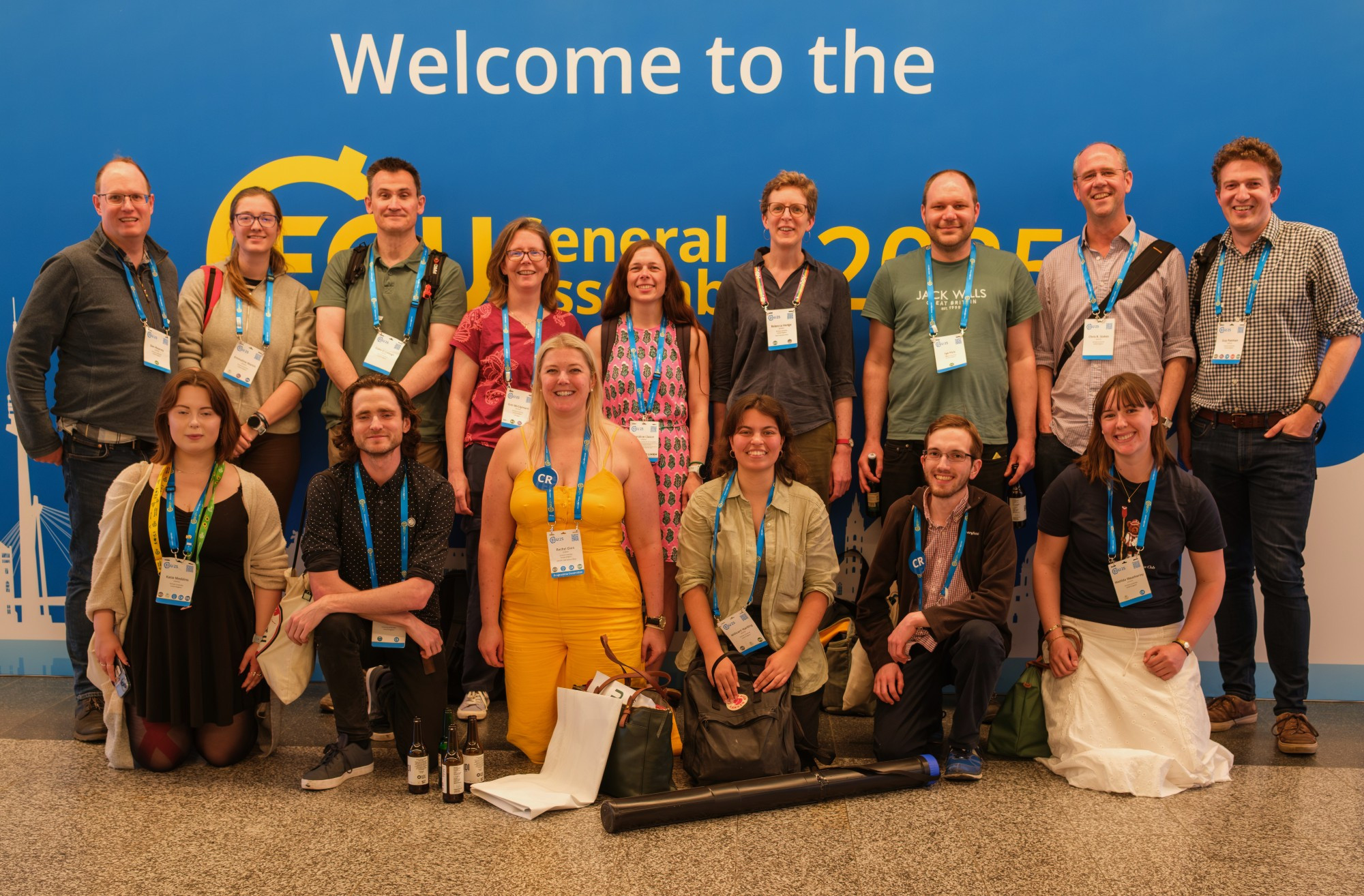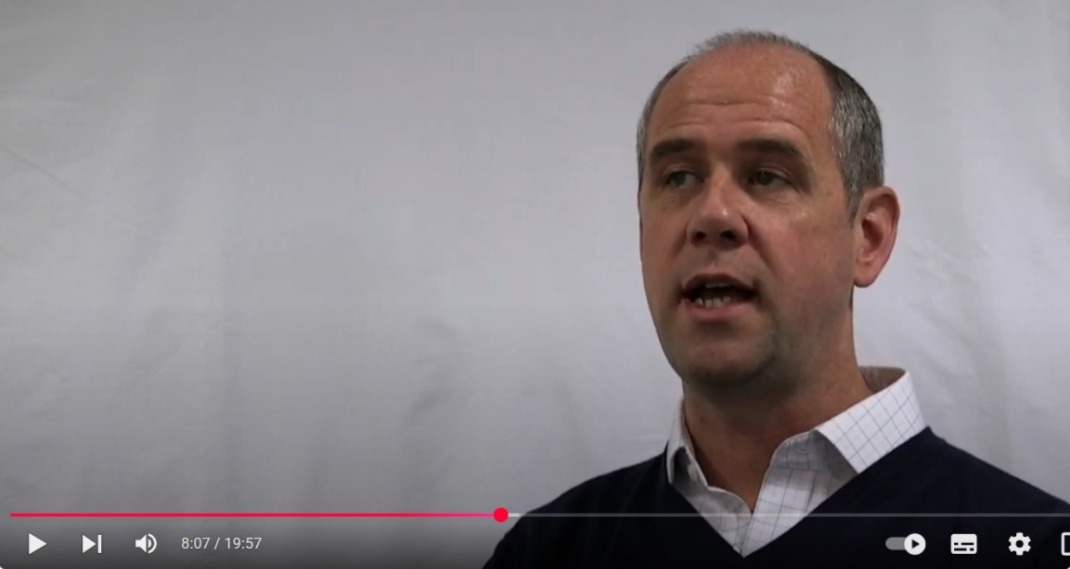Impacting the World
Durham Geography’s research culture is designed to generate research that is intellectually innovative and also provides wider public and societal benefit. In other words, research that has an impact. Impact is an integral part of the research process, from the inception of ideas and project design, to the conduct of the research and its outputs and outcomes.
We value impact in all its forms, whether in outreach, public engagement, knowledge transfer or exchange, or collaboration. This commitment stems from our experience since the mid-1980s in activist and participatory research, in shaping evidence-based policy, and in developing methods to monitor environmental change. Our aim is to create and maintain an environment that allows all staff to identify and nurture the impact of their research and to enhance relationships both during the research and after it has ended.
Learn more about research by our staff
Researchers across all levels of staff in Geography are pursuing dynamic, cutting-edge research. Below you can learn more about some of our on-going and recent projects.
Kang-Glac
Algorithmic societies: Ethical Life in the Machine Learning Age
How will Emperor Penguins Respond to Changing Antarctic Ice Conditions (EPIC)?
Occupation Debris
Past to future: Towards fully paleo-informed future climate projections
Sajag-Nepal
Fraying Ties
Sigma: Peru
Community energy in East Africa
Inclusive Urban Infrastructure
DenCity
SCArFEthics
Reconstructing Antarctic Sea Ice Environments from New Seabird Archives
Cities and Climate Change
Evidence-based catchment management with SCIMAP
Building resilience to earthquake and landslide hazard in Nepal
Monitoring and modelling coastal erosion
Virtual Library
Much of our research takes final form in high-impact articles or books. But a considerable amount of our activity takes place in other mediums.
Postgraduate Study
Postgraduate study at Durham helps you to develop a range of high-level research, analytic, and communication skills that are transferable to multiple career paths. Our postgraduates are highly valued employees in government, third sector and private agencies, as well as academia.
Our Research Community
We are a world-leading research community of human and physical geographers conducting innovative and impactful research to transform lives and make a difference, globally and locally, addressing the pressing social and environmental challenges of our time.
Research video interviews series
A series of short video interviews with members of our research community to give you a better insight into the work that they do, how and why.
Sustainable Development Goals
Much of the research that we do and the impacts that we make are relevant to the pursuit of the United Nations Sustainable Development Goals (SDGs).
Contact Us
Founded in 1928, the Department of Geography at Durham University is one of the leading centres of geographical research and education in the world.
Department of Geography
Postgraduate Study
Durham University
Lower Mountjoy
South Road, Durham
DH1 3LE, UK
Tel: +44 (0)191 33418000


/prod01/prodbucket01/media/durham-university/departments-/geography/Matt_Couchmann-3872X1296.JPG)
/prod01/prodbucket01/media/durham-university/departments-/geography/fieldtrips-and-research/GVIzGIEXwAAM11W-(1).jpg)
/prod01/prodbucket01/media/durham-university/research-/research-centres/health-at-durham/Carousel-Images-(64).png)
/prod01/prodbucket01/media/durham-university/departments-/geography/fieldtrips-and-research/EmperorChickAndIceberg.jpg)
/prod01/prodbucket01/media/durham-university/central-news-and-events-images/Sarah-Semple-archaeology-dig.JPG)
/prod01/prodbucket01/media/durham-university/Fixing-our-Climate-The-Bangladesh-Perspective-3-2-ratio.png)
/prod01/prodbucket01/media/durham-university/departments-/geography/fieldtrips-and-research/MPNepalIMG_7484-(1).jpg)
/prod01/prodbucket01/media/durham-university/central-news-and-events-images/news/dubs-news/Oil-Rig.png)
/prod01/prodbucket01/media/durham-university/departments-/geography/photo-competition/2024-photo-competiton/2024-slideshow/p1020216-1.jpg)
/prod01/prodbucket01/media/durham-university/departments-/geography/fieldtrips-and-research/PHOTO-2024-07-06-15-52-02.jpg)
/prod01/prodbucket01/media/durham-university/research-/research-centres/health-at-durham/Carousel-Images-(9).png)
/prod01/prodbucket01/media/durham-university/departments-/geography/photo-competition/2024-photo-competiton/2024-slideshow/Screenshot_16-5-2025_133645_.jpeg)
/prod01/prodbucket01/media/durham-university/departments-/modern-languages-amp-cultures-school-of/84103.jpg)
/prod01/prodbucket01/media/durham-university/departments-/geography/fieldtrips-and-research/SnowPetrelAdult(EwanWakefield).JPG)
/prod01/prodbucket01/media/durham-university/departments-/geography/impact/Naturvation.jpeg)
/prod01/prodbucket01/media/durham-university/departments-/geography/impact/Scimap.jpeg)
/prod01/prodbucket01/media/durham-university/departments-/geography/impact/Nepal_EQs.png)
/prod01/prodbucket01/media/durham-university/alumni-/giving/carousel-images/Geography.png)
-1.png)






